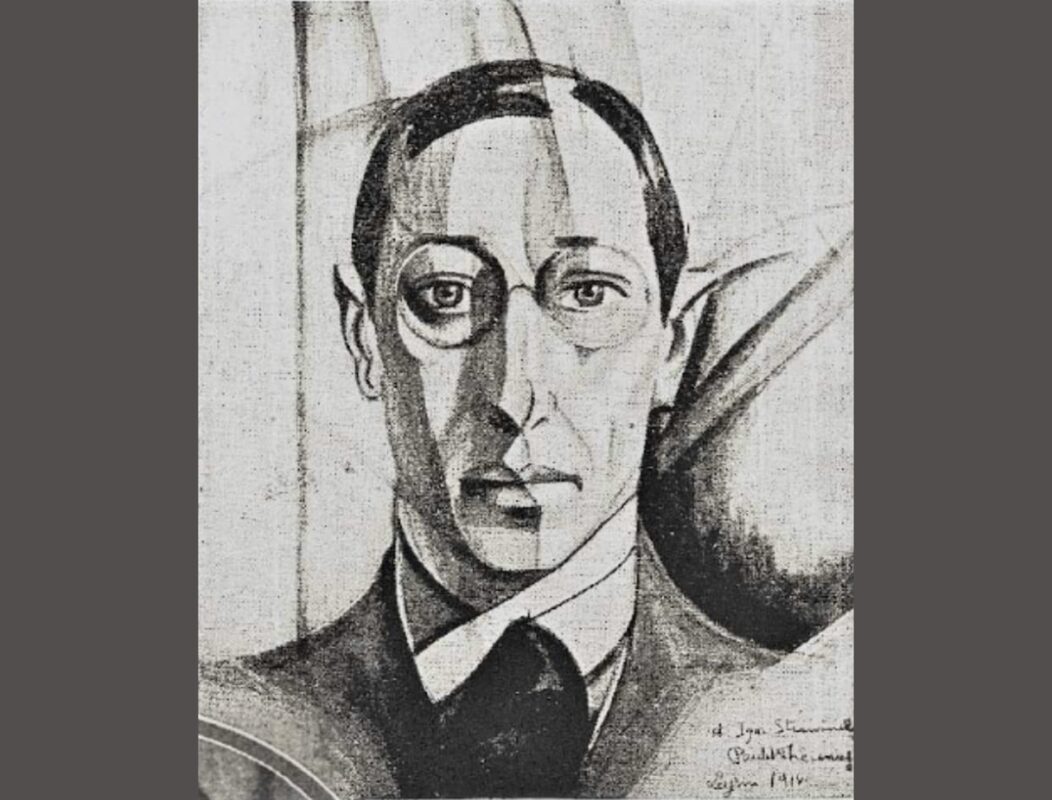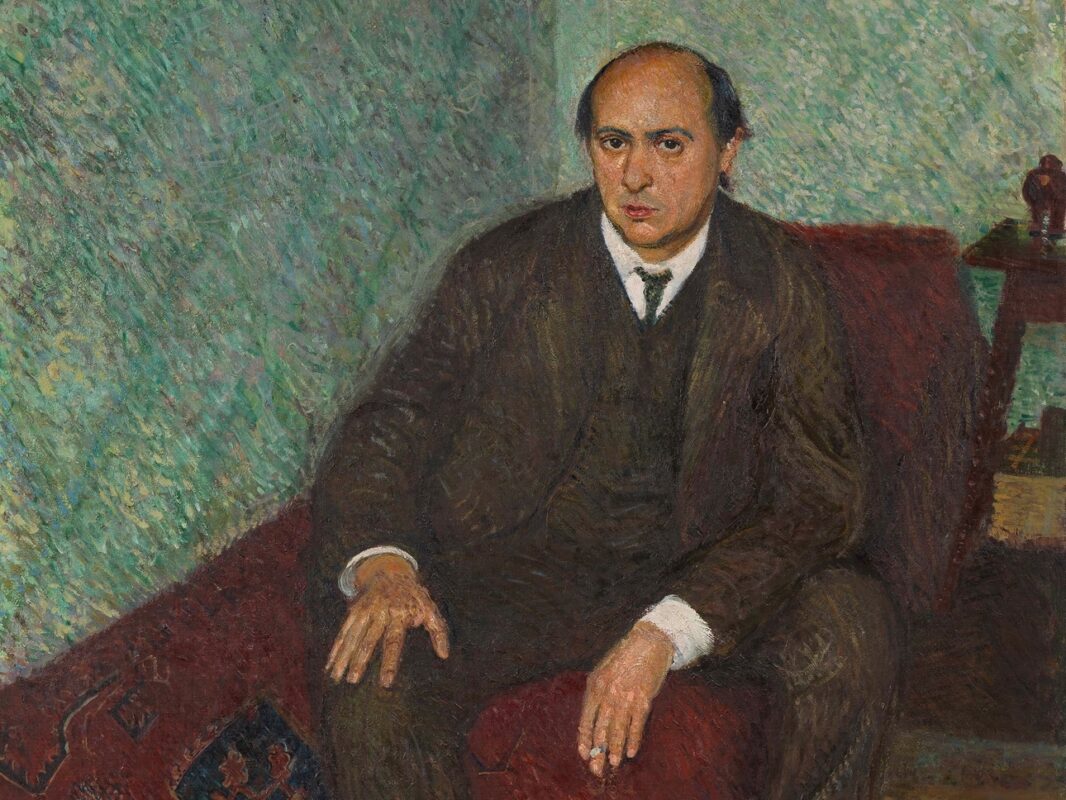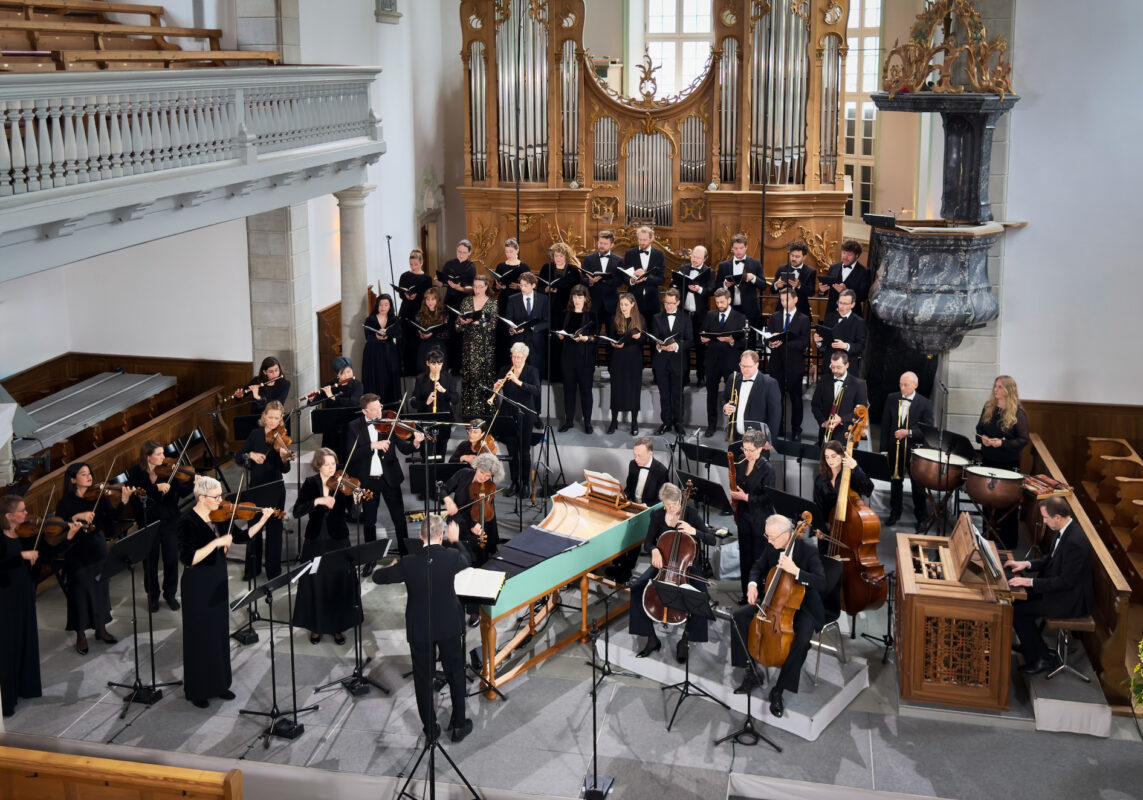Analysis, interpretation and interaction
Active for over a third of a century, Editions Minerve has given Euterpe's art an essential place in its catalog.
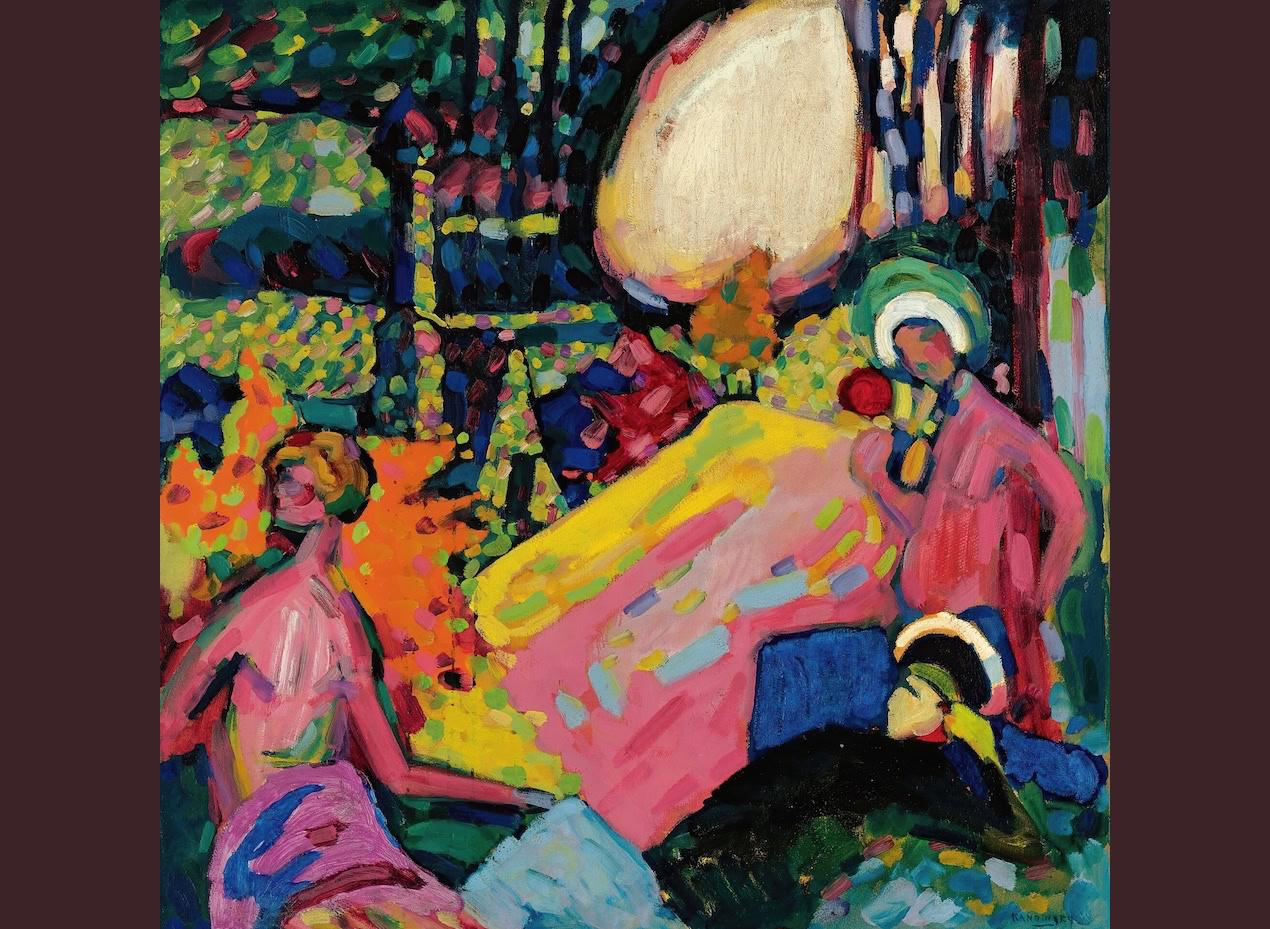
Among the recent publications from Editions Minerve is a précis d'analyse des formes musicales, in which a specialist in the field, Claude Abromont, has chosen a pedagogical approach based not on abstract, already synthesized forms, but on the compositions themselves, and thus on the living sound imagination of the creators. This journey into the works does not merely describe the grand form, but analyzes all the underlying aspects, from the most basic to the most complex - language, materials, timbres, phraseology and formal functions - before arriving at the expressive musical narrative, its rhetoric and its meanings. The aim is to recognize the logic of the discourse's articulations, the way materials are used and the reasons why, as well as the functions of the various sections, so that the identification of form becomes a matter of course, rather than a purely intellectual search for a fixed structure. In addition to an in-depth analysis of the Prelude to the Afternoon of a FaunOver 150 compositions, from the Middle Ages to the present day, are detailed in annotated score videos available online.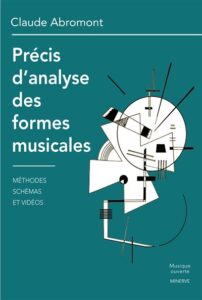
More specifically devoted to the study of the musical language of the Baroque period, a concise book by Laurent Fichet follows the evolution of its principles, from the end of Renaissance music to the emergence of the notion of chords and the affirmation of tonality, following the gradual disappearance of medieval modes, for both melodic and contrapuntal reasons, in favor of the exclusive major and minor modes, as well as the reduction in the number of harmonic degrees used. Using scores and treatises written by musicians and philosophers of the time, as well as more recent theories, the musicologist tackles various subjects, in particular tuning and temperaments, the structuring importance of harmony steps and the question of the justification of the minor third - the latter took a long time to be theoretically accepted, even though it was already widely used. It is regrettable, however, that melodic and rhythmic aspects, as well as rhetoric, are not addressed in greater depth.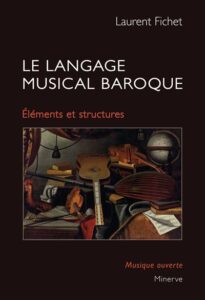
In the form of a glossary of some fifty terms, musicologist Philippe Lalitte offers a synthesis of current knowledge on Western musical performance practices, from the Middle Ages to the present day. From the training of musicians, their access to sources, their analysis of scores, their memorization skills and their health, to stage performance (including programming, concert rituals and the acoustics of the venue), recording and performance evaluation, the many facets of the interpretative art are highlighted, taking into account their historical evolution. These include technical notions (such as pitch, tuning, temperament or contemporary sound effects), aesthetic notions (such as fidelity to the text or authenticity), and notions linked to the expressiveness of playing (dynamics, phrasing, rubato, vibrato), modes of execution (fingering, pedalization, tremolo) or the degree of inventiveness left to the performer (cadence, diminution, improvisation), or recent concerns such as the use of period instruments and research into historical performance practices. Of course, despite the abundance of interesting and precise information, the author cannot be expected to be exhaustive in such a vast field, so only the study of a few pianistic schools is the subject of a chapter, to the detriment of other instruments; as for the "ornamentation" entry, it surveys its uses, from the Gregorian to the mid-19th century.e century without detailing them, as the extensive bibliography can remedy this if need be.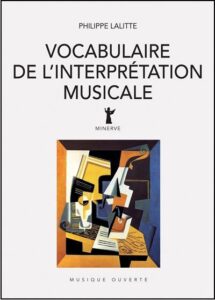
The dialogue between the different arts has long fascinated the cultural world, especially in recent decades. For centuries, painting and sculpture only depicted music through singers or instrumentalists, or through the representation of instruments, while music waited until Romanticism to begin expressing the emotions felt in front of a particular painting, monument or sculpture. On the other hand, interactions have multiplied over the last 120 years. The wind of experimentation blowing from the beginning of the 20e century has brought the visual and sound arts closer together. Among countless other examples: musical forms became part of the reflections of painters such as Kandinsky; Kupka perceived rhythms and temporality; abstract cinematographic experiments linked graphic events to sounds; plastic works expressed the unfolding of time; Messiaen felt strongly the phenomena of synesthesia; Crumb's scores became veritable tableaux; spatial arrangement became an integral part of non-scenic musical works; sound installations drew the attention of the eyes as well as the ears. Composer Jean-Yves Bosseur uses his vast erudition to explore the fruitful exchanges between the plastic arts and music over the course of the 20th century.e and 21e centuries.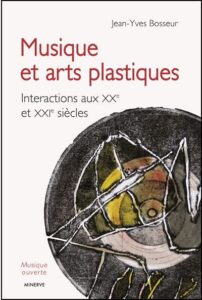
Claude Abromont: Précis d'analyse des formes musicles306 p., € 28.00, Éditions Minerve, Paris 2024, ISBN 978-2-86931-181-7
Laurent Fichet: Baroque musical language. Elements and structuressecond edition, 192 p., € 22.00, Éditions Minerve, Paris 2024, ISBN 978-2-86931-177-0
Philippe Lalitte: Vocabulary of musical interpretation240 p., € 21.00, Éditions Minerve, Paris 2024, ISBN 978-2-86931-180-0
Jean-Yves Bosseur: Music and visual arts. Interactions in the 20th and 21st centuriesthird edition, 342 p., Éditions Minerve, Paris 2024, ISBN 978-2-86931-179-4






